Monthly Main Meeting Highlights
Welcome to our July 2015 Main Meeting.
In the first half of the night Alex introduced us to

AppCompear, an Australian start-up company who are designing an application to help you compare or find applications across the range of operating systems for iPhone, Android, Windows and Blackberry.

For example; would your favourite android application be available on your new iPhone? Alex arranged a skype interview with the developer and designer Hayden Whitecliffe.

AppCompear is in beta at the moment with 3967 apps in its database. This grows every time someone searches for an app as the software will look for and add any app not in the database. Hayden is adding new applications each day. As development continues, new areas will open up such as desktop apps.
As a test I searched for Tripview, a timetable app, here is the result.

After the break Parrot

returned for a close look at their new range of both flying and rolling drones for the consumer market.
We first met Parrot when they demonstrated the AR Drone in February 2011.
Tonight Chris Roberts,

the VP and MD of Parrot in the JPAC region was on stage to talk us through where Parrot is today and Dennis

was along to demonstrate the great range of drones now available.
Chris started with a history of the company.
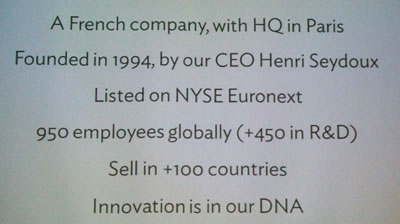
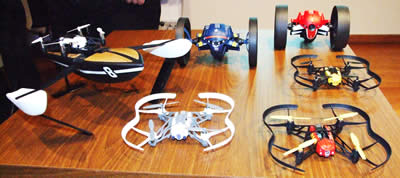
The drone business has two components, consumer products and the drones for use in agriculture, environmental studies and disaster recovery. The consumer range is now around 48% of Parrot’s business. The AR Drone we saw last time was one of the first Parrot made and it started life as a car. Chris remarked how the founder showed him this Bluetooth remote control car and said “one day I want to make it fly”. With the advent of smartphones and smaller chips, the AR Drone was born.
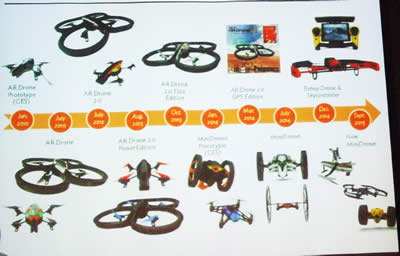
Following on the success of the AR Drone, the mini drone business started about twelve months ago and in the first nine months they sold around 600,000 units. The mini drone is about the connection between tech and toy, designed to get people into the market with a price point of around $150.
This connection has a point as the software is open source and Parrot encourages third party development. There is a SDK available for developers with apps in education and science being created.

Tonight Chris focused on the new range of Mini Drones,
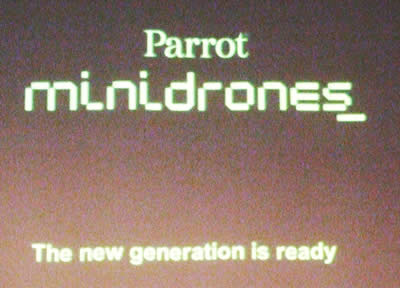
to be released in September. We had some real fun watching them jump, fly, and bounce around the stage.
The Jumping Drones
First up was the jumping drone. It has a patented mechanism, which allows it to jump up to 80 cm in length and height.
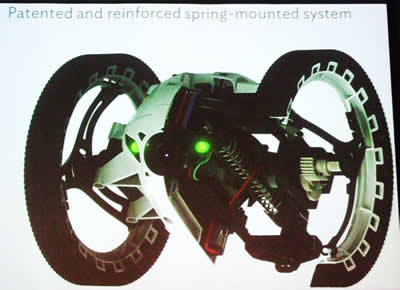
The control is Wi-Fi, through an app on your tablet or smartphone. There is one app to rule them all. It’s intelligent and will recognize which drone it is connecting to. The drone has a built-in camera and you get an “insect view” of life at drone level.
These Jumping drones have 4 GB of memory for the video and they now have audio capacity with a microphone built in so you can now see, hear, and speak through the drone as if you were actually in the vehicle.
The new Jumping drones come in two formats, Night Drones and Racing Drones

The Night drones come with wide angle LEDs

The Racing Drones
Speed is the interest here. 13 Kp/h but the jump height is a little less, 75 cm rather than 80 cm.

Here's a video of Max The Racing Drone
The Airborne Drones
Auto sensors have been built into all the products giving great stability and fight control. You can even launch it from your hand.
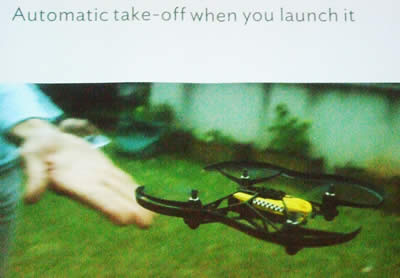
They all have a camera and 1GB of memory for on board photos or “drone’ies”, like having your own flying selfie stick.
They come in two forms; Night

and Cargo.

The Cargo models can be modified with the addition of six-pin Lego-like bricks or figures.
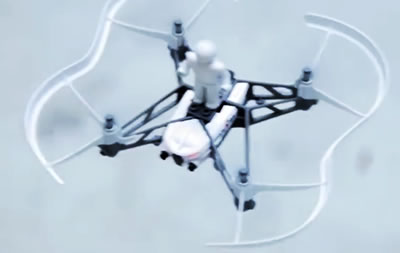
Here's a video of Travis the cargo drone
The Hydrofoil’s

The hydrofoil is a combination of the airborne drone and a hydrofoil. The drone has all the functionally of the flying drones but can be attached to a hydrofoil to make a high speed boat.
Once clipped to the foil it assumes the upright position and drives foil.
The Raffle
We had a great range of prizes tonight . Here are some of the prizes and a few of the winners.


